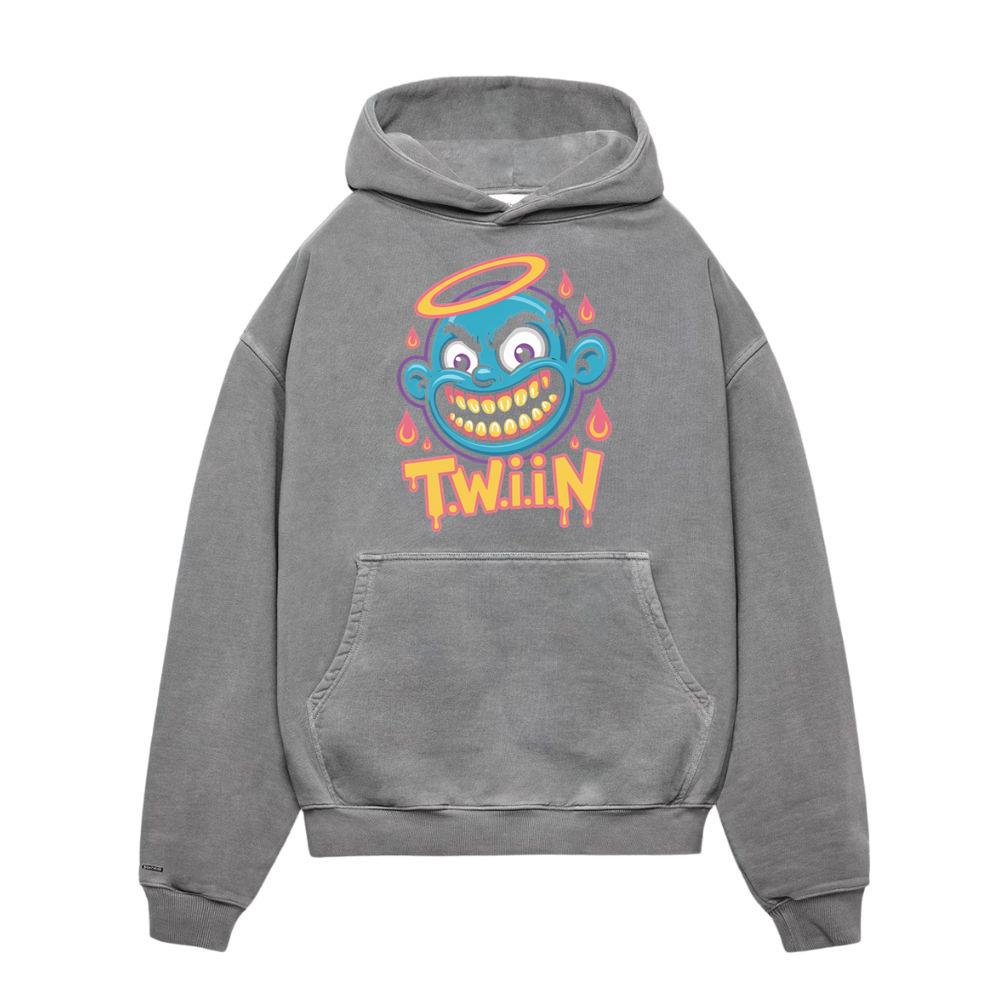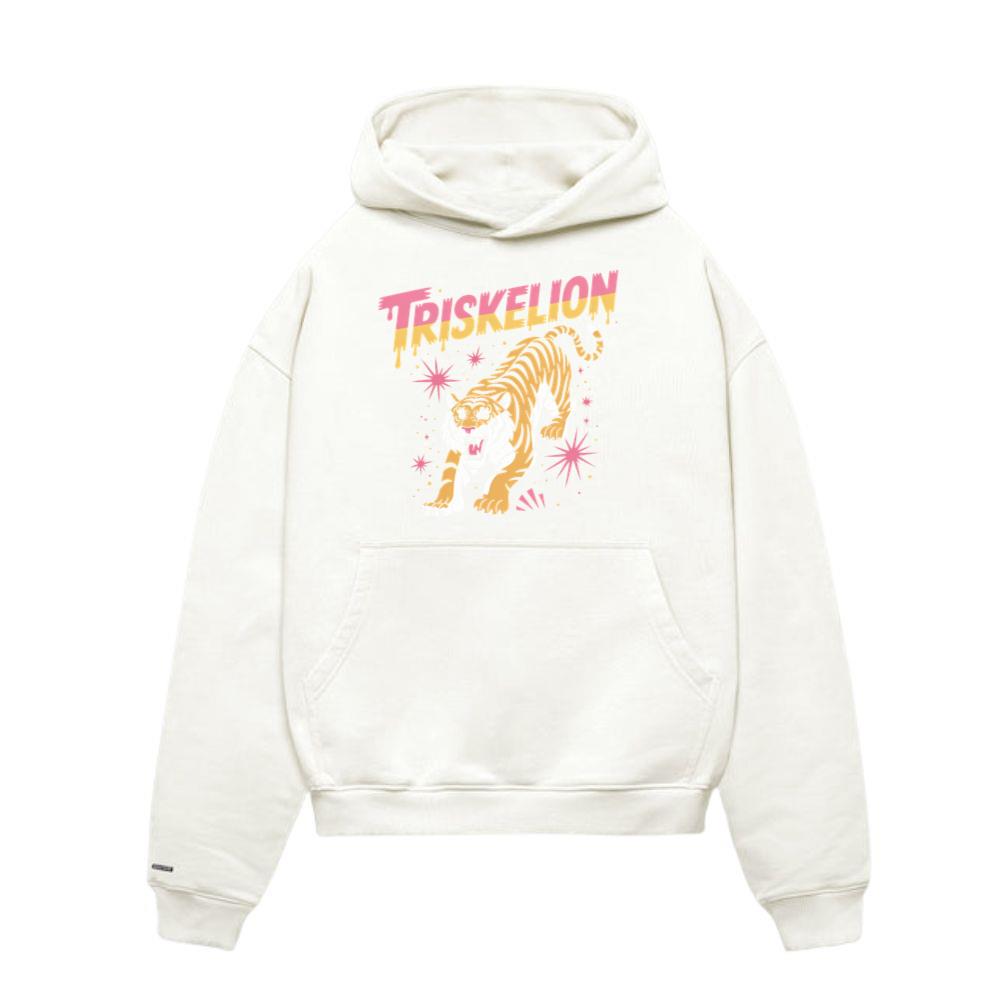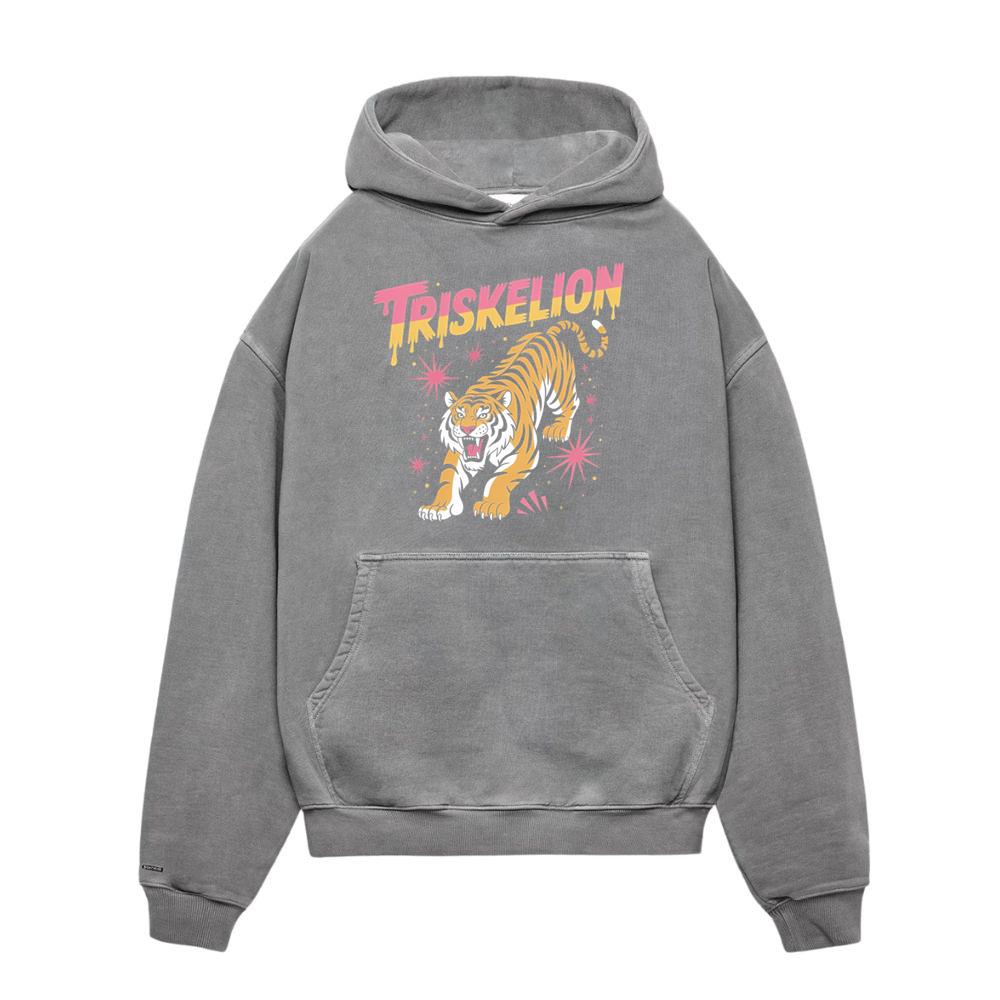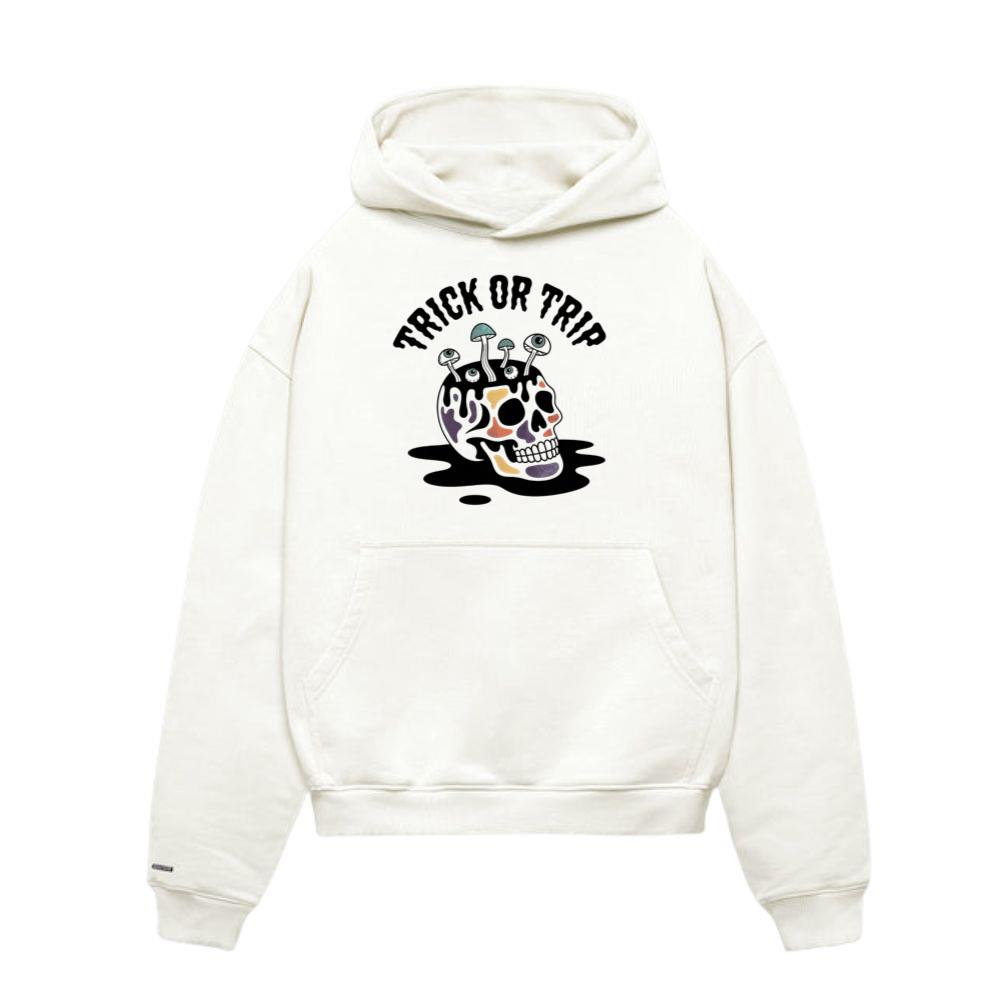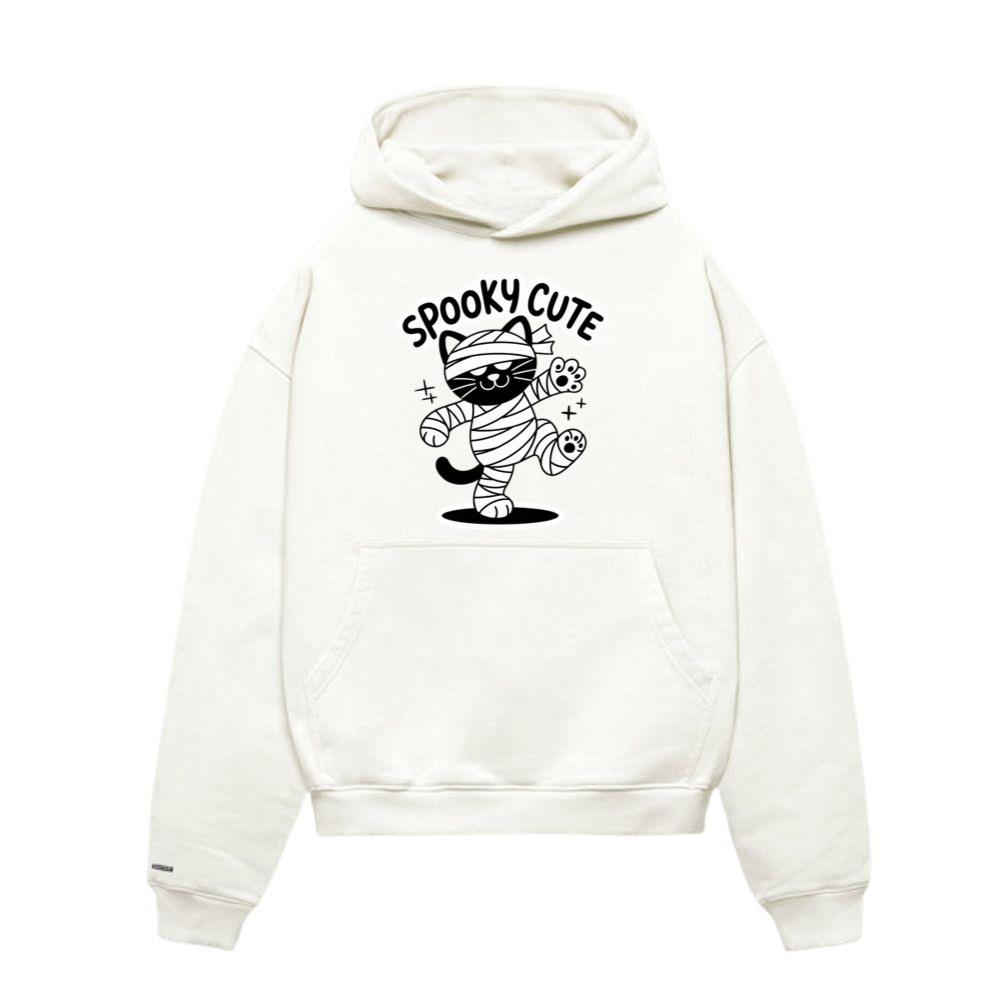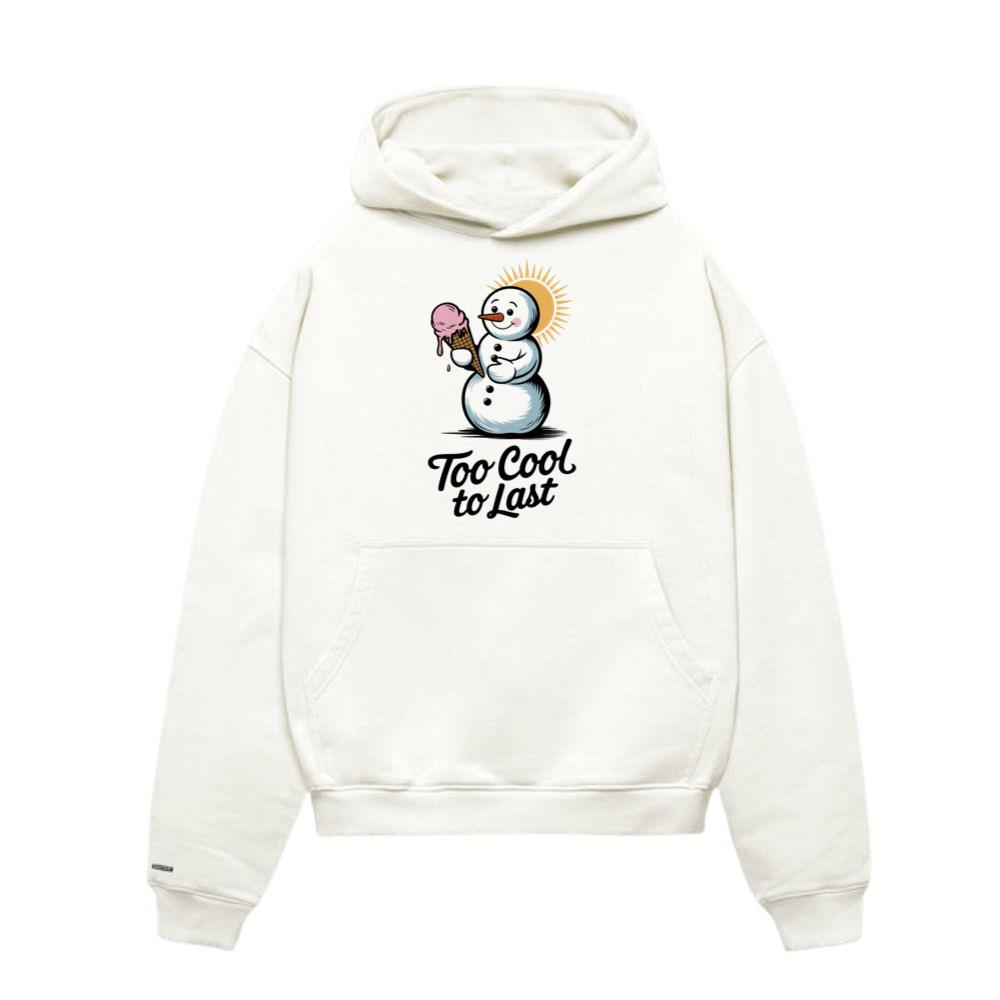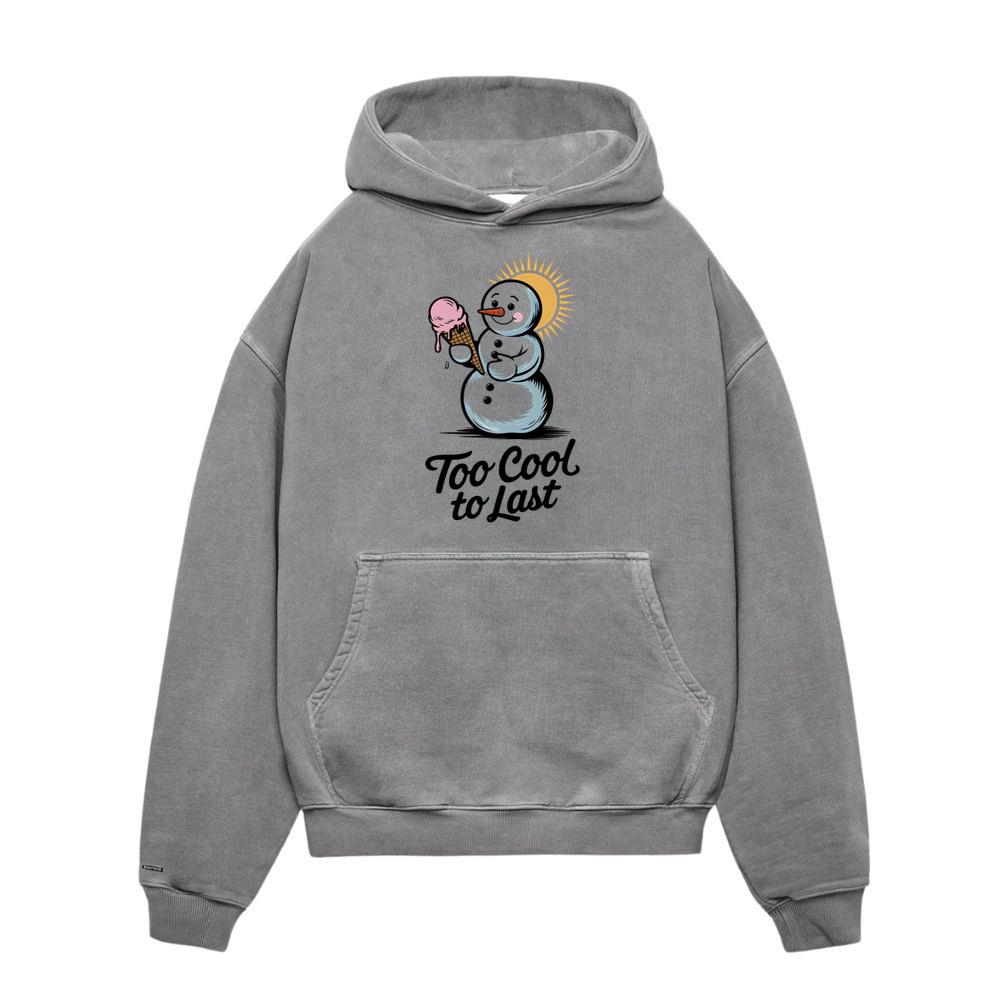Introduction
Fashion has never been a static entity. From the earliest forms of clothing designed for survival to the global industry shaping economies and cultures today, style continues to evolve in step with shifting societies. In a world defined by rapid technological development, ecological concerns, and new cultural conversations, fashion adapts to remain both relevant and visionary. The phrase “Fashion in Motion” reflects this continuous transformation, where garments become more than fabric and threads—they act as reflections of human identity, creativity, and resilience.
The Evolution of Fashion Through Time
Style has historically mirrored the values of its era. In ancient civilizations, textiles carried symbols of hierarchy, spirituality, and social class. As centuries passed, the Renaissance emphasized artistry, while the Industrial Revolution democratized apparel through mass production. Each period redefined what people wore and why. In today’s interconnected society, fashion borrows from history yet reinvents itself for modern sensibilities, creating an ever-changing cycle of reinvention and rediscovery.
Globalization and Cultural Exchange in Fashion
The movement of ideas, traditions, and aesthetics across borders has expanded the vocabulary of modern style. Designers increasingly draw inspiration from multiple cultures, producing garments that merge global traditions with modern design principles. This cultural blending highlights how interconnected the world has become, allowing fashion to act as both a medium of celebration and a reminder of diversity. Yet, it also raises critical questions about cultural appreciation versus appropriation, encouraging thoughtful engagement in design practices.
Technology as a Catalyst for Transformation
Technological progress has altered every aspect of fashion—from the way fabrics are made to how consumers interact with brands. Smart textiles with embedded sensors can regulate temperature, monitor health, or even generate energy. Virtual fashion shows replace traditional runways, expanding access for audiences worldwide. Digital clothing now exists in virtual spaces, offering new opportunities for expression while reducing physical waste. These innovations demonstrate how the fusion of creativity and technology keeps fashion in motion.
Sustainability and Ethical Responsibility
One of the greatest challenges facing the industry is environmental sustainability. The rise of fast fashion has increased waste, water pollution, and carbon emissions. In response, brands and consumers are reimagining wardrobes with a focus on circular systems, recycling, and eco-friendly fabrics. Ethical sourcing, fair wages, and transparency are no longer optional—they are demanded by an informed global audience. The commitment to sustainability shows that fashion must adapt not just to trends, but to the planet’s urgent needs.
Fashion as an Expression of Identity
Clothing is not only about utility—it is a language of self-expression. In a rapidly changing society, individuals use fashion to communicate who they are, what they believe in, and how they wish to be perceived. From gender-fluid collections to adaptive apparel for people with disabilities, inclusivity has become a central part of the conversation. The adaptability of fashion to represent individuality underscores its role as a living, breathing form of art.
The Future of Fashion in a Changing World
As fashion moves forward, its future will be shaped by balance: the balance between tradition and innovation, individuality and community, aesthetics and responsibility. Fashion in motion reflects not just fabric but a philosophy of adaptability. In the coming decades, technology, sustainability, and inclusivity will continue to redefine clothing, pushing it to be more meaningful, functional, and aligned with human values.
Conclusion
Fashion in motion embodies more than seasonal trends—it captures humanity’s ability to adapt, innovate, and express itself in a shifting world. From the integration of cultural influences to the application of cutting-edge technology, fashion remains a mirror of societal transformation. Its role in sustainability and identity highlights the responsibility designers and consumers share in shaping the industry’s path. Ultimately, fashion in a changing world is not just about what we wear, but about how we live, connect, and evolve together.





